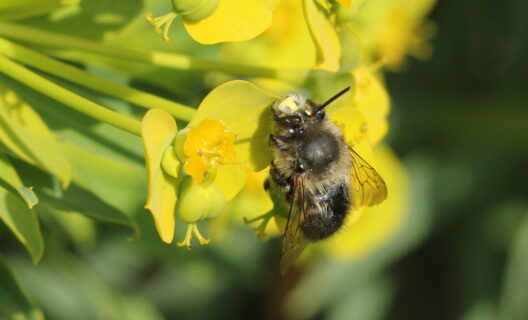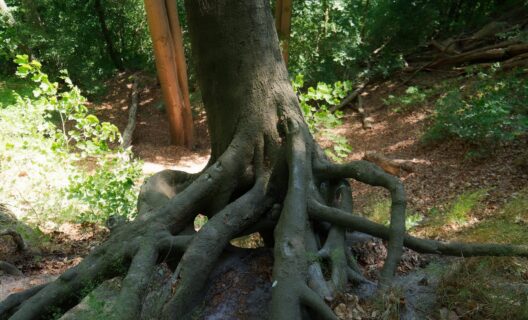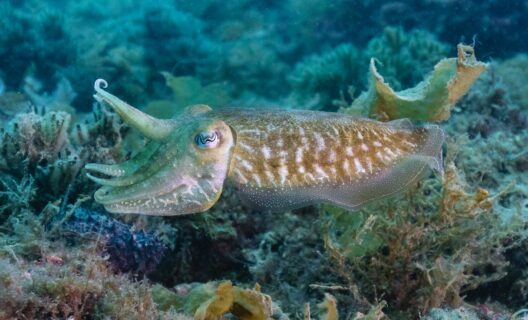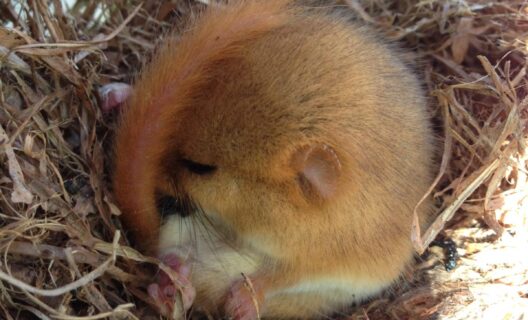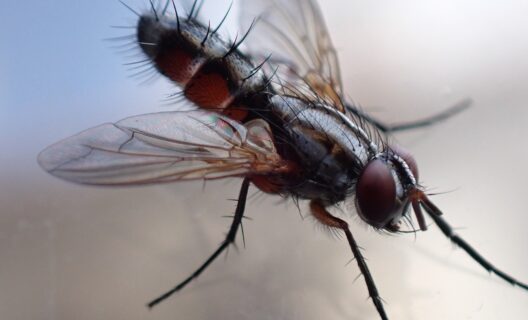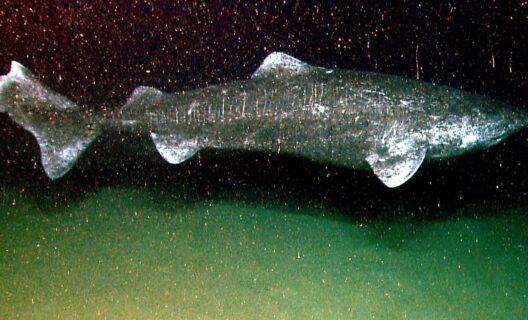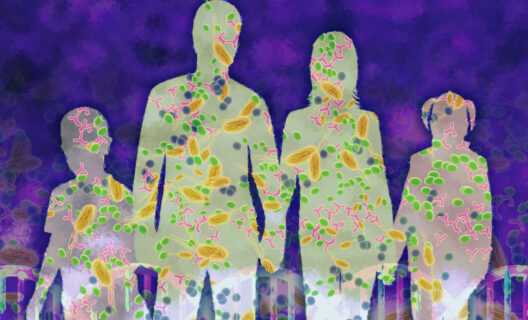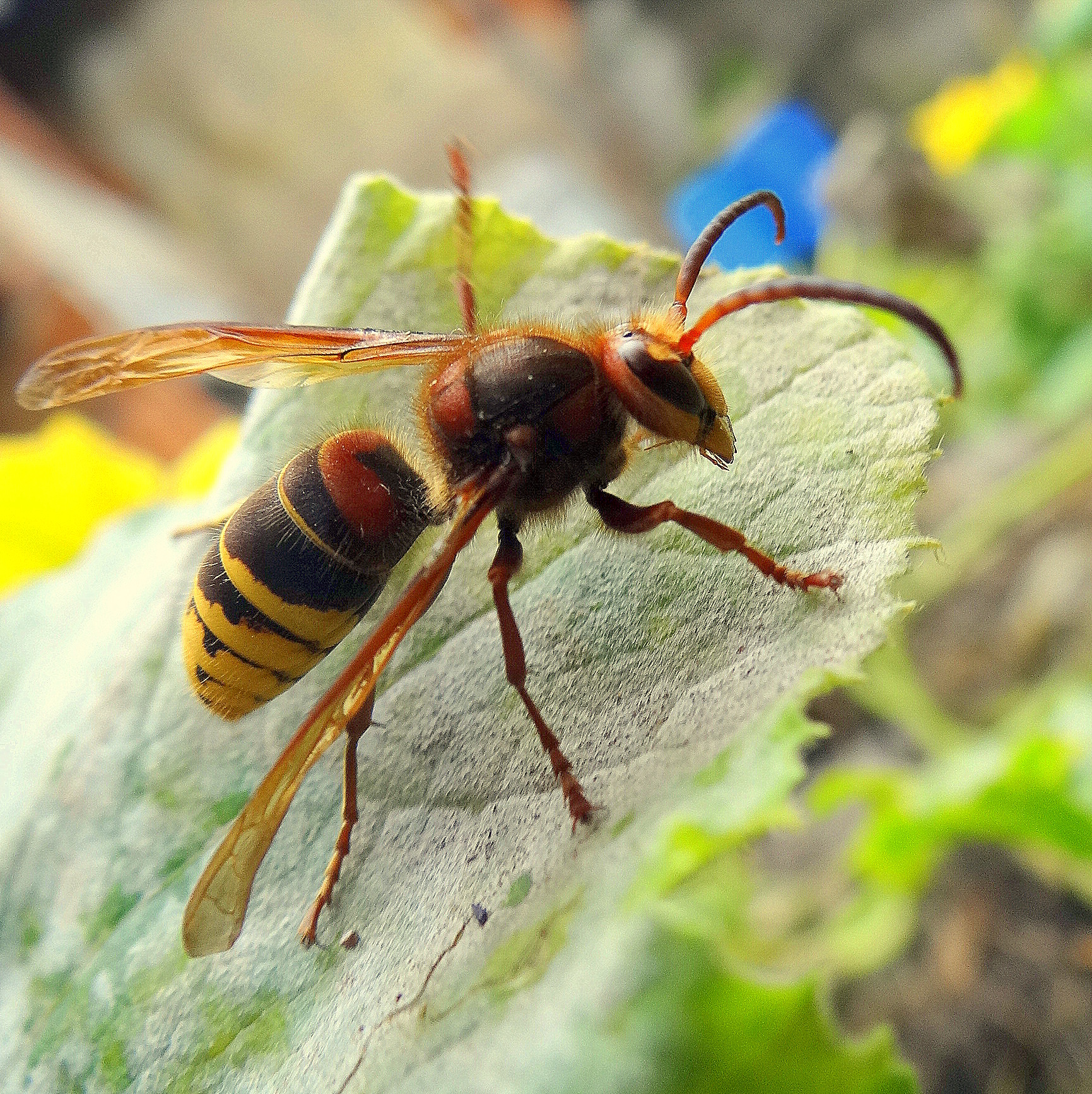

Reading time
0 min
Research discovers in the genome of these insects the secret to their effectiveness in occupying new territories
To understand the reasons for the ecological success of some bumblebee species, and to curb the harmful effects of those that are spreading in Europe, a team of scientists, including researchers from the University of Pisa and the University of Florence, sequenced and compared their genomes. The study was published in Scientific Reports.
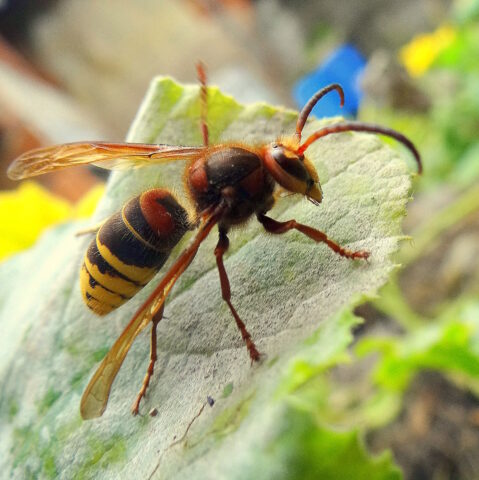
""
The Wasp crabro, the hornet of our house
The native hornet, in Europe, is the Wasp crabro which, as a predator, acts as a “natural pest control“: that is, it regulates various populations of insects that may be locally harmful, such as the caterpillars of some butterflies and moths. It also contributes topollination, and for certain plants is also a useful seed disperser. It certainly has less positive sides as well: as predators of bees, bumblebees can pose a threat to beekeepers, and it causes painful stings (and sometimes allergic reactions) in humans.
Alien species can have very negative economic, ecological, and social effects in the habitats they colonize
Alessandro CiniResearcher in the Department of Biology, University of Pisa
""
In a native ecosystem, the presence of the bumblebee is considered beneficial. Problems arise when species move and become invasive: they can then cause, explains Alessandro Cini, a researcher in the Department of Biology at the University of Pisa, “very negative economic, ecological and social effects in the habitats they colonize.”
""
The invader: the Wasp velutina, voracious predator of bees
This is what is happening in the United States with the introduction of the Vespa crabro; and it is what is happening in Europe with the arrival of the Vespa velutina, or yellow-legged hornet, which poses a serious threat to biodiversity and beekeeping. Native to Southeast Asia, this invasive species has spread rapidly across much of Western Europe over the past two decades, with particularly damaging effects. A specialized predator of bees, it attacks hives to feed on the larvae and honey. Wasp velutina predation also extends to other pollinating insects, threatening the biodiversity of European ecosystems and negatively impacting agriculture.
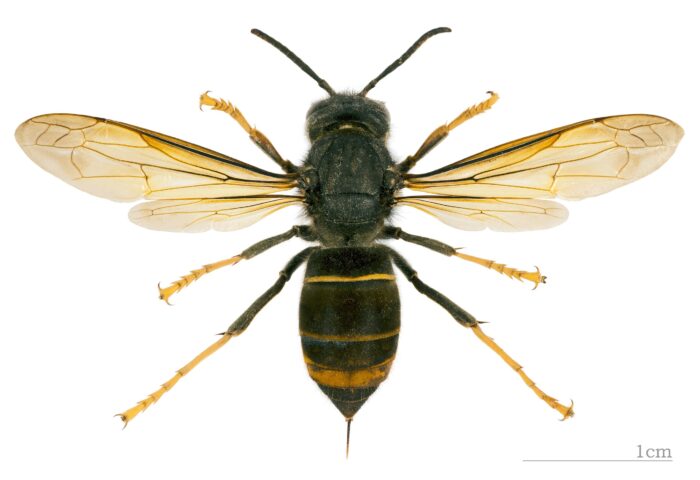
""
The world’s largest bumblebee (still far away for now)
The genome of these two species was compared with that of the Asian giant hornet (Vespa mandarinia). This insect, known for its potent venom and aggressive behavior, is the largest hornet in the world (queens can reach a length of 5 cm, while workers are slightly smaller). Introduced in parts of North America, it is a voracious predator that feeds on a wide variety of insects, including bees, other bumblebees, and mantids. Its venom contains a neurotoxin that can be fatal to humans, especially with multiple stings or allergic reactions.

""
Studying the genome of bumblebees to know how to curb them
Knowing in detail the genetic characteristics of different species is critical to understanding why these insects are such effective invaders. Analysis shows, for example, that bumblebees may have numerous genes involved in detecting chemical signals from the environment, a trait that “could make them particularly good at hunting new prey in non-native environments, where they often arrive accidentally transported by humans. In fact, it only takes a few queens,” Cini explains, “perhaps hidden in some cargo of goods, to kick off a new invasion. Obviously, these genetic data will need to be supplemented with ethological and ecological analyses in the field.”
""
Scientists involved in the study are part of the national network Stopvelutina, a network of scholars and stakeholders that has been monitoring the spread of the invasive yellow-legged bumblebee for years, evaluating possible control techniques and raising awareness about this threat to beekeeping and biodiversity.
The journey goes on
Every story paves the way for the next: discover where biodiversity takes you




